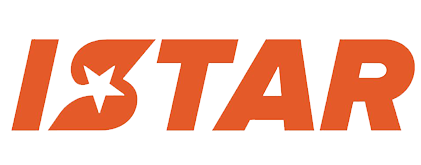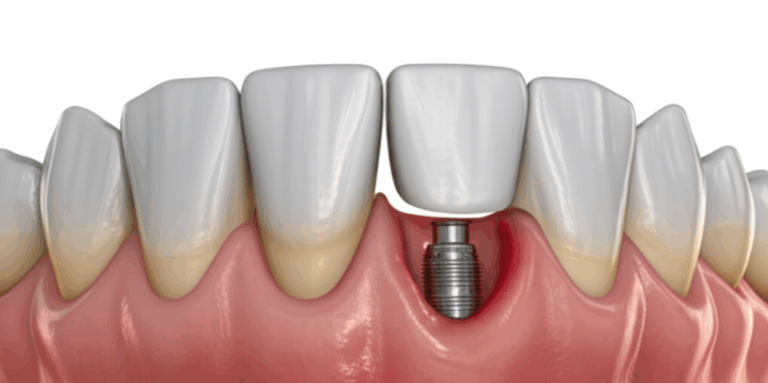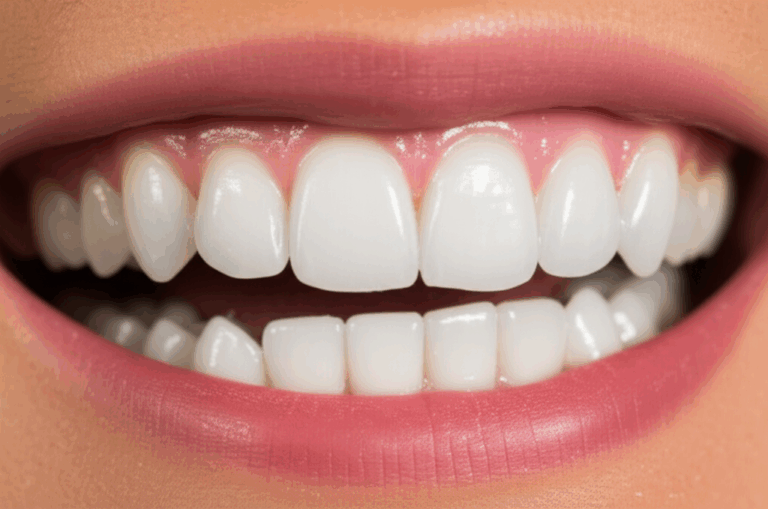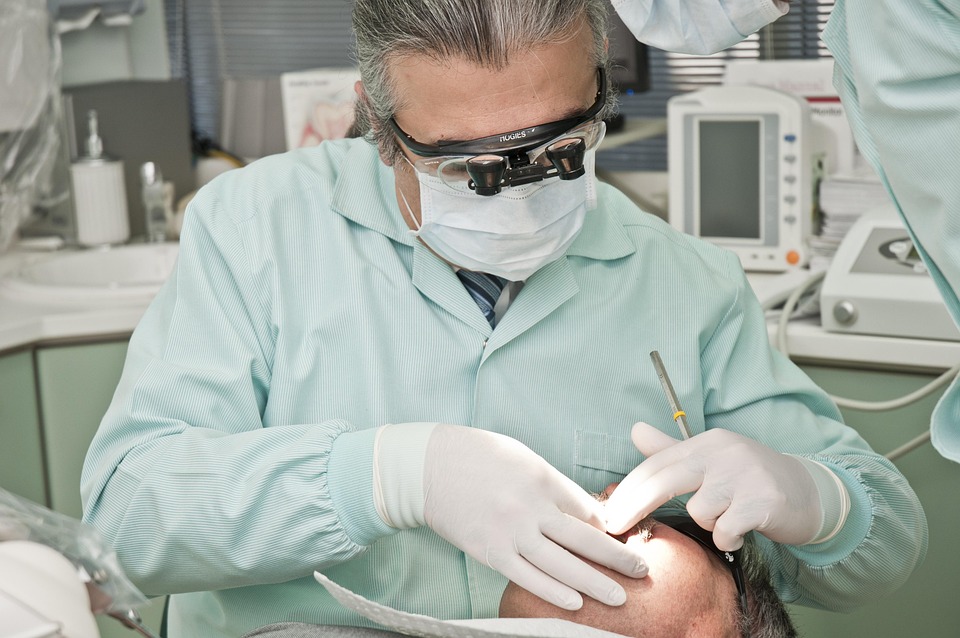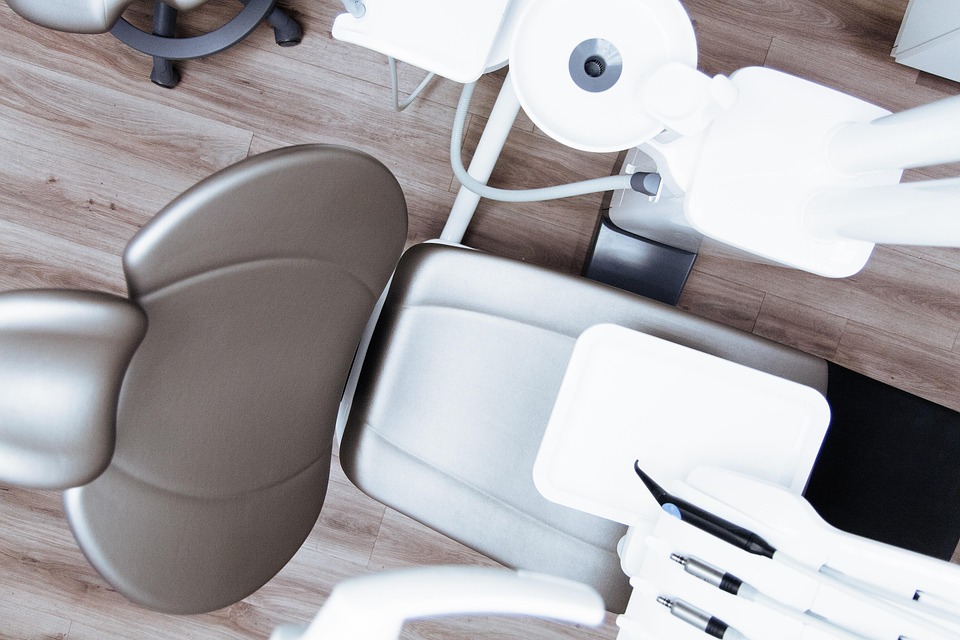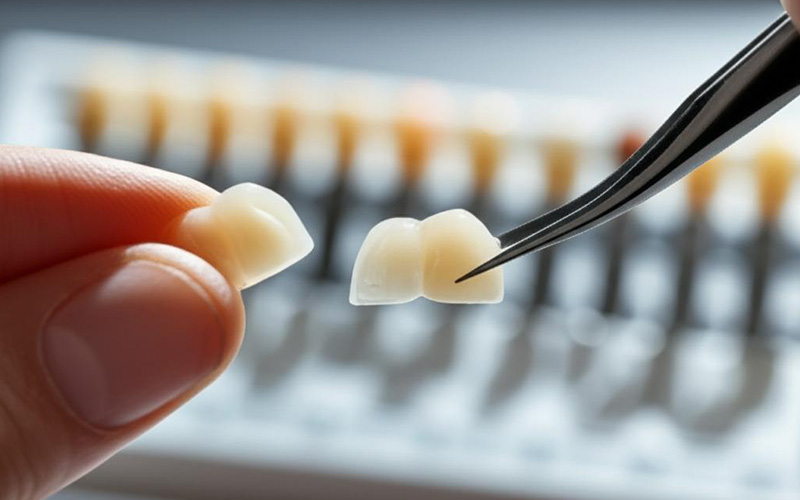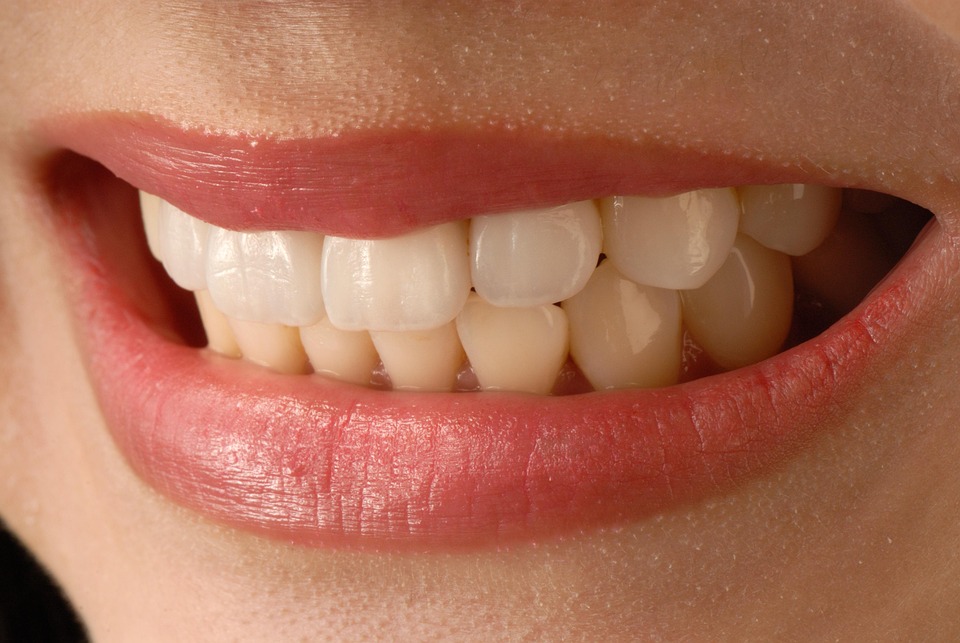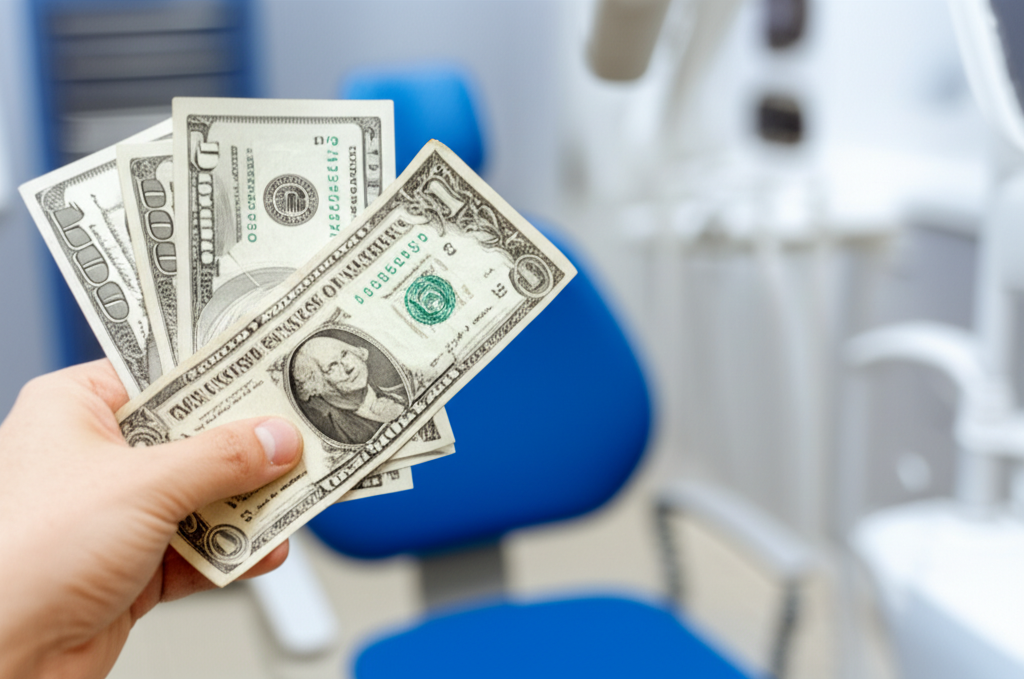
How Much is a Copay at the Dentist? Your Complete, No-Nonsense Guide to Dental Costs and Insurance
Ever sat in the waiting room at your dentist’s office, quietly wondering, “How much am I actually going to pay today?” You’re not alone. In fact, the question, “How much is a copay at the dentist?” is one of the most common—and confusing—worries for adults, parents, and anyone with a dental insurance card in their pocket. Whether you’re going for a cleaning or dealing with a crown, dental copays can seem like a big mystery full of paperwork. Let’s make it simple, clear up those insurance terms, and give you the knowledge you deserve—so you can smile and plan your money confidently.
In This Article
Here’s your quick outline—read straight through, or jump to what you care about:
- What is a Dental Copay, Really?
- What Affects How Much I Pay? (The Main Factors)
- Average Copays by Dental Procedure (With Numbers!)
- How to Find Out Your Exact Copay
- Smart Tips for Lowering Dental Costs
- Key Takeaways and Next Steps
What is a Dental Copay, Really?
Before we look at numbers, let’s answer the question at the heart of your search.
A dental copay is a set amount you pay for a covered visit or service under your dental insurance. It’s like your price for a certain dental job—different from a deductible (the amount you pay before insurance helps) or coinsurance (the split you and your insurance pay after the deductible).
The Copay in Plain English
Imagine your dental insurance like splitting the bill at lunch. The copay is your part—predictable and usually written clearly in your plan. For example, your card might say, “$20 copay for check-up visits.” That’s what you pay at the front desk, no matter what the full cleaning or check-up actually costs (until you hit certain plan limits).
Important:
- Copays are most common with DMO/HMO plans, but some PPO plans use them too (often for exams and checkups).
- Your copay is usually due when you get the service.
Copay vs. Deductible vs. Coinsurance: What’s the Difference?
Here’s a quick way to see the difference:
- The deductible is the price you pay before you can get help from insurance.
- The copay is like the bus fare—you pay it every time you use a dental service.
- Coinsurance is when, after hitting your deductible, you and insurance split the rest.
All three might matter for your dental plan.
What Affects How Much I Pay? (The Main Factors)
Wondering why your copay isn’t the same as your friend’s—or even for every job on your plan? Here are the main things that decide what you pay with your own money.
1. Your Dental Insurance Plan Type
Not all plans work the same! Here’s a quick rundown:
- PPO (Preferred Provider Organization):
You usually have a deductible and pay coinsurance (a percent)—but some PPO plans do have set copays for some visits.
- HMO/DMO (Dental Maintenance Organization):
Fixed, often small copays for almost all services, but you must see in-network dentists.
2. Type of Dental Procedure
Dental services fit into these main groups:
- Preventive Care: Regular cleanings, exams, X-rays
- Basic Restorative Care: Fillings, simple tooth removal
- Major Restorative Care: Crowns, root canals, implants
- Specialty Care: Braces, oral surgery
The more involved or tough the service is, the higher your likely copay or coinsurance.
3. In-Network vs. Out-of-Network Providers
Going to a dentist in your plan’s network almost always means lower copays and lower bills. Dentists outside the network usually cost more—or might even make you pay everything up front.
4. Have You Met Your Deductible?
For many PPO plans, you need to pay your yearly deductible before coinsurance starts (not always true for regular checkups—many cover these right away).
5. Your Annual Maximum
Most dental plans have a limit for how much they’ll pay each year (often $1,000–$2,000). When you hit that, you pay 100%—copays or not.
6. Where You Live
Where you live can matter. Dental costs in a big city like New York or Los Angeles are usually higher than in small towns.
Average Copays by Dental Procedure (With Numbers!)
Let’s get to the money. Here are typical ranges for copays or coinsurance—if you do have insurance. Your own costs might be a bit different, but these are good to start.
Preventive Dental Care (Cleanings, Exams, X-rays)
- Dental Exam & Cleaning: $10-$40 (sometimes $0—preventive is often 100% paid!)
- Bitewing X-rays: $0–$25
Fun tip: Many plans skip copays for these since fixing problems early is cheaper for everyone!
Basic Restorative Care (Fillings, Simple Tooth Pulls)
- Amalgam (Silver) Filling: $15–$50 (after deductible, usually coinsurance)
- Composite (White) Filling: $25–$75 (a bit more for the look)
- Simple Tooth Extraction: $20–$80
Major Restorative Care (Crowns, Root Canals, Implants)
- Crown (Porcelain): $400–$1,250+
Yep, crowns change a lot! What you pay depends on coinsurance rules, plan payouts, and if your dentist uses a crown and bridge lab.
- Root Canal (Back Molar): $350–$750+
- Dental Implant (One Tooth): $1,500–$6,000+
Some plans help with implants—but you usually pay more since they’re seen as a “major” or even “cosmetic” thing.
Specialty Care (Braces, Oral Surgery, Gum Treatments)
- Braces: $1,500–$7,000 (some plans have a lifetime limit)
- Deep Gum Cleaning: $50–$200
Table – Average Dental Procedure Copays
| Procedure | Avg Cost (No Insurance) | Insurance Coverage | Typical Copay/Share |
|---|---|---|---|
| Dental Cleaning | $75–$200 | 80-100% | $0–$40 |
| Oral Exam | $50–$150 | 80-100% | $0–$30 |
| Bitewing X-rays | $30–$80 | 80-100% | $0–$25 |
| Amalgam Filling | $50–$150 | 70–80% | $15–$50 |
| Composite Filling | $90–$250 | 70–80% | $25–$75 |
| Simple Extraction | $75–$300 | 70–80% | $20–$80 |
| Crown (Porcelain) | $800–$2,500 | 50% | $400–$1,250+ |
| Root Canal (Molar) | $700–$1,500 | 50% | $350–$750+ |
| Single Implant | $3,000–$6,000 | 0–50% | $1,500–$6,000+ |
| Braces (Full Treatment) | $3,000–$7,000 | 0–50% (Max applies) | $1,500–$7,000 |
Numbers above are rough averages. What you pay depends on your plan, where you live, your dentist’s costs, and if the dentist uses a special dental ceramics lab, implant lab, or another expert lab.
How to Find Out Your Exact Copay
Feeling lost in all that paperwork? Here’s a simple guide to finding out your real dental copay—so you know before you even get in the chair:
1. Check Your Insurance Card or Online Portal
Flip your card over—look for “Dental Benefits” or something close. There might be copay or coinsurance info for common care, or a phone number to call.
You can also sign in to your insurance company’s website or app, and check your “Summary of Benefits and Coverage” (SBC).
2. Read Your Summary of Benefits and Explanation of Benefits
- Summary of Benefits: Lists copay numbers for different care and explains your yearly limits.
- Explanation of Benefits (EOB): After a visit, this tells you what was billed, what insurance paid, and what you owe.
3. Call Customer Service
Don’t hesitate—insurance folks can explain your copay/coinsurance rules in simple terms. Ask about:
- Checkups and regular cleanings
- Fillings and pulling teeth
- Big work like crowns, bridges, root canals
- Braces or special treatment
4. Ask Your Dentist’s Staff
People up front at the office are great at this. Give them your insurance info—they’ll check your copay for the work you need and can give you an estimate.
Smart Tips for Lowering Dental Costs
Dental care shouldn’t blow your budget. Try these handy tips to avoid surprises and keep your costs in check:
Maximize Preventive Care
- Most dental plans fully pay for preventive visits like cleanings and checkups.
- Don’t skip your two-a-year checkups—they’re usually free, and you can avoid bigger problems.
Stay In-Network
- See dentists in your plan’s network—copays and out-of-pocket bills are almost always lower.
Know Your Annual Maximum
- Keep track of what insurance pays during the year. If you need big work (like a root canal, implant, or braces), ask your dentist about doing some of it this year and some next year if that helps spread out costs.
Try Dental Savings Plans and Payment Options
- If you don’t have insurance or your copays are high, look at a dental savings plan. You pay a fee and get lower rates—sometimes instead of copays.
- Many offices let you make payments for big jobs.
Use FSA/HSA for Dental Bills
- With a Flexible Spending Account (FSA) or Health Savings Account (HSA), you pay for dental care tax-free. This can save you 20–35% or more.
Compare Plans If Changing Jobs or Shopping for Insurance
- Look at the copay and the yearly payout limit.
- Cheap plans may have small copays but very low max payments—you run out of help fast if you need lots of work.
Who Is This For? (Do You Always Have a Dental Copay?)
Most dental insurance plans have a copay. There are a few times you may not:
- Children: Some job or state plans for kids cover more cleanings and checkups at no cost.
- Seniors: Medicare almost never covers regular dental, so if you buy a dental plan, it’ll usually still include copays.
- No Insurance: If you don’t have dental coverage, you pay the dentist’s full price—sometimes you can talk them down, especially at clinics or dental schools.
No matter your age or plan, knowing what your dental copay is puts you in control—so you can avoid “surprise bills” at the desk.
Practical Examples: What You Might Pay
Let’s see some real numbers:
- Sarah’s Dental PPO Example:
Sarah needs a cleaning and a filling. Her plan covers cleanings at 100% (so nothing for in-network), and basic fillings at 80%, but first she pays a $50 deductible.
- Sarah pays: $0 for her cleaning, $50 for deductible, 20% of a $120 filling ($24). Total: $74.
- Mike’s DMO/HMO Plan Example:
Mike pays $15 each time for a cleaning or check-up, and $25 for a filling. His plan has no deductible but only works if he stays in-network.
- Mike pays: $15 for cleaning, $25 for filling. Total: $40.
If both go to a dentist out-of-network, their costs go way up—sometimes double. Bottom line? Know your plan’s rules as well as you know how to brush and floss.
Frequently Asked Questions About Dental Copays
Is a copay always a set dollar amount?
Usually, yes—especially for DMO/HMO plans. For PPOs, you might pay a percent instead. Some plans do both, depending on the treatment.
Do I pay my copay right away or later?
Most dental offices take copays when you check in, but for big jobs or if insurance has to check something, you might get a bill later.
Are there copays for braces?
Braces and similar treatments are a bit different. There’s usually a one-time max the plan will pay, and you pay the rest.
Are there any dental plans with no copays?
It’s rare—sometimes high-premium plans have lower or no copays, but watch out for really low yearly payments or other downsides.
What if I can’t pay my dental copay?
Ask your dentist. Many offer payment plans, and some community clinics bill based on your income.
Key Takeaways and Next Steps
Here’s a quick recap—because understanding your dental copay is important!
Dental Copay Quick Facts
- Copays are usually between $10–$75 for regular care.
- Things like insurance type, treatment, and network status change your costs.
- Cleanings and exams are often fully covered—use them!
- Always check your insurance summary, call your provider, or ask your dentist before treatment.
- In-network dentists and watching your yearly max can save you money.
- FSA/HSA accounts, savings plans, and spreading big jobs over two years can help.
- Don’t let confusion stop you from taking care of your teeth—knowing your copays is your best tool.
Your Smile Matters
Good teeth help your whole body be healthy. Don’t let money stress keep you from regular care or fixing problems early. The more you know about your copays, the better you can plan for yourself and your family.
For more real-world tips about teeth health, answers to insurance or dental care questions, or even info about specialty work from a china dental lab—check out the links or talk to your dental team.
Remember, a confident smile is important—and knowing your copay is just one step to keep it strong.
Your Next Steps:
- Book your regular checkup if you haven’t had one in a while—sometimes it’s free!
- Look at your insurance info or call the company before big treatments.
- Ask for a price estimate before starting work.
- Talk to your dentist about monthly payments if needed.
With this guide (and maybe your toothbrush), your next dentist visit can be a lot less stressful. That’s something to smile about.
This article is for information only and does not replace professional dental advice. Always check with your dentist or insurance company for details about your own plan and care.
